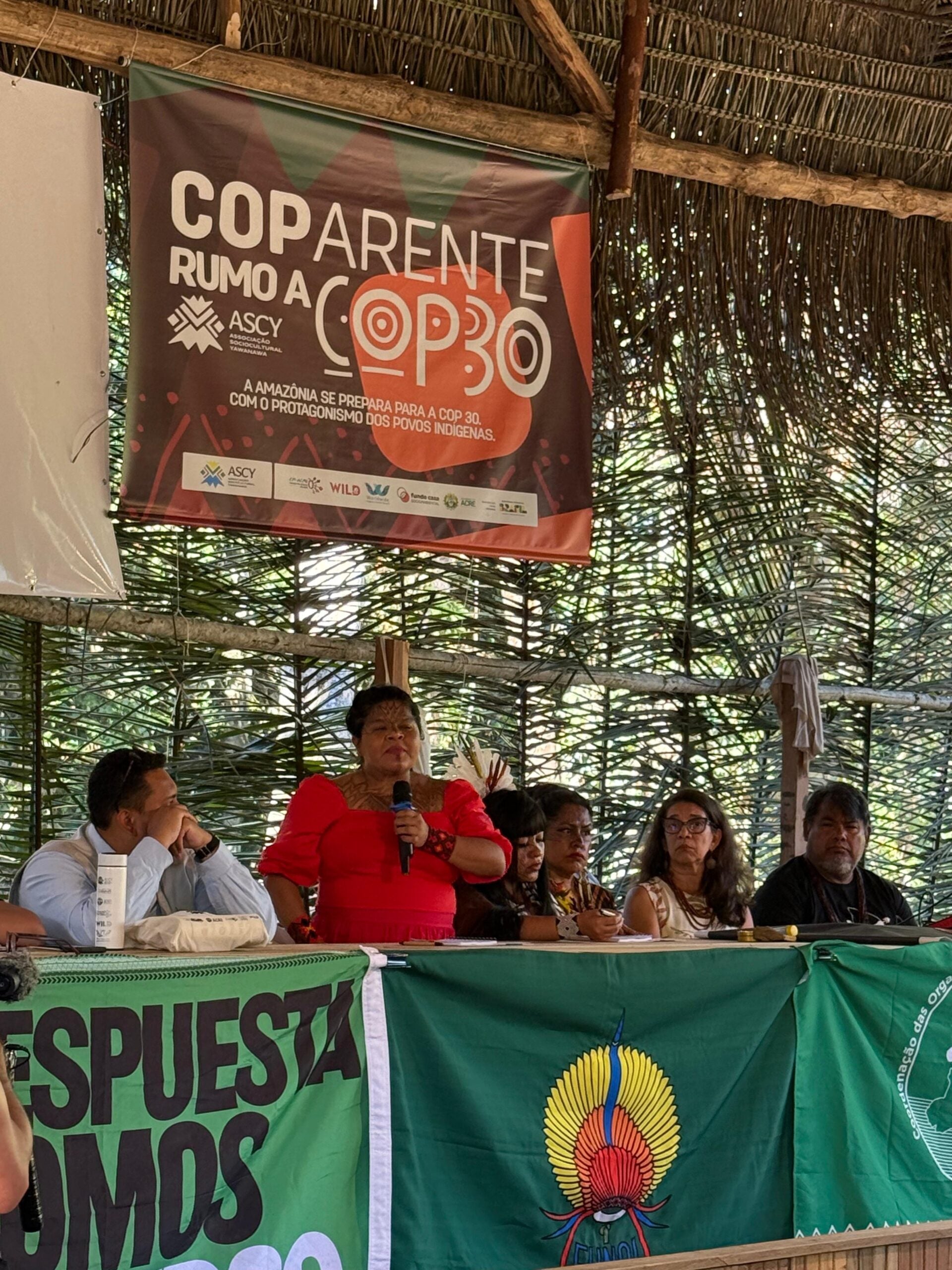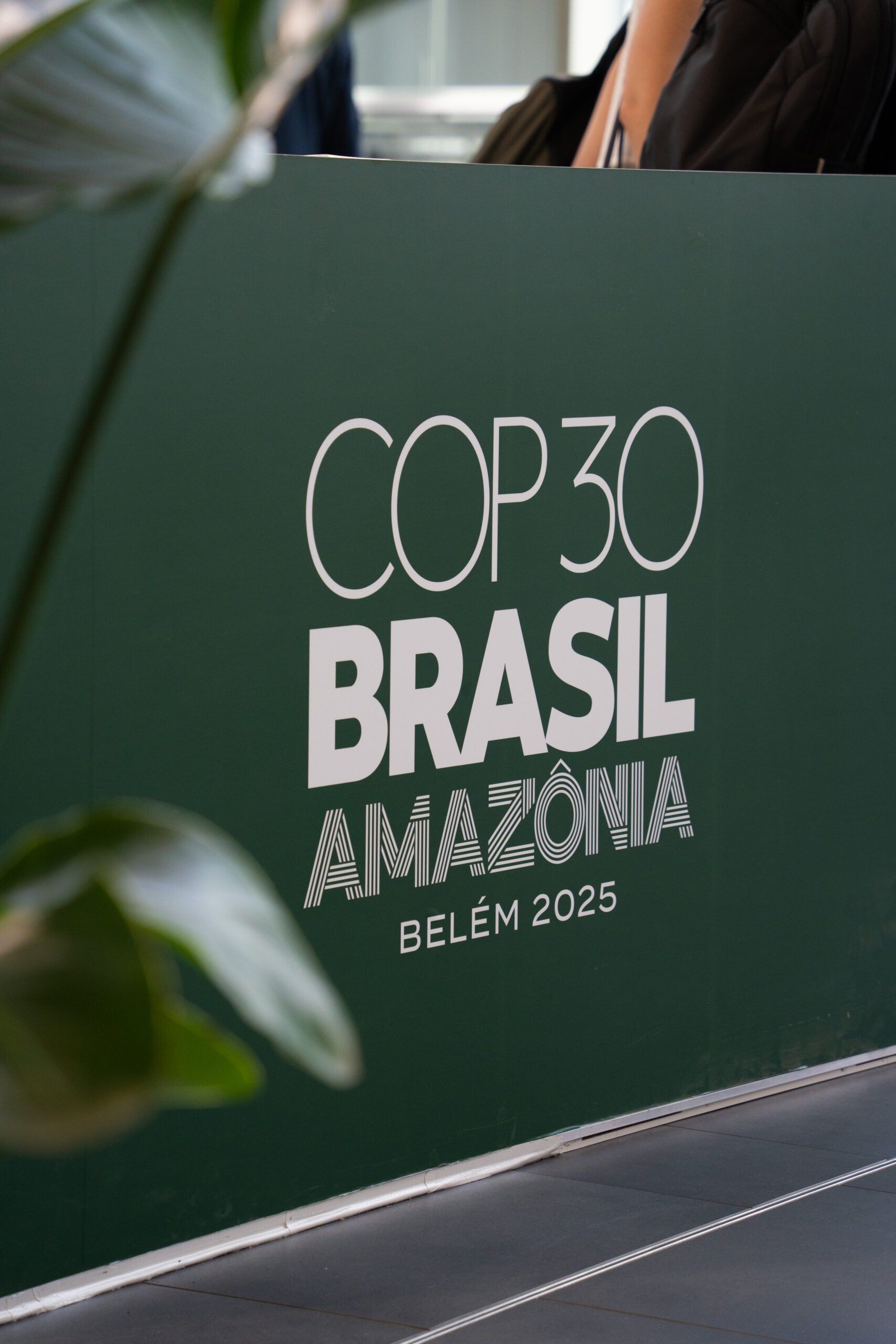California is leading the nation on climate action, with Governor Newsom representing the U.S. at the international climate conference and the state legislature strengthening and extending California’s landmark climate policy, Cap-and-Invest. The state government is taking ambitious action on the climate crisis from all angles and now the spotlight is on the California Air Resources Board (CARB).
As CARB works to update the design of its cap-and-invest program, new modeling shows the state can take ambitious action to cut pollution while still cutting costs for the vast majority of families. More specifically, adopting a more ambitious pollution cap now than what is currently on the table translates into easier, larger pollution cuts over the next 20 years.
By making these changes to the program now, California is investing early in the success of its climate goals. Think of it like a 401k account: the benefits of early action compound over time, paying bigger climate and economic dividends later. If the state waits to act, it’s missing out on years of progress building a safer, more affordable future for Californians.
Where the program stands
Cap-and-Invest is California’s most cost-effective tool to reduce climate-altering pollution and is an important affordability solution for Californians. The program’s binding, declining limit on pollution ensures that emissions are cut over time while prioritizing the most readily available, lowest cost opportunities to reduce pollution. At the same time, the program requires polluters to pay for their emissions — generating a crucial source of revenue that has already reduced household costs through $16 billion in utility bill credits for residential customers and over $30 billion raised for community investments.
CARB is working on updates to the program in order to make sure it is calibrated to meet the state’s climate targets, limiting pollution and driving clean energy investment.
Part of that adjustment means removing emissions allowances from the annual ‘emissions budgets’, translating to less pollution going into the atmosphere. At a workshop last month, CARB presented scenarios for reductions, noting that removing 118 million allowances from the program between now and 2030 would be the bare minimum needed to achieve our targets.
New modeling shows CARB can pursue a more ambitious path — cutting more emissions while improving affordability for working families. Read More















